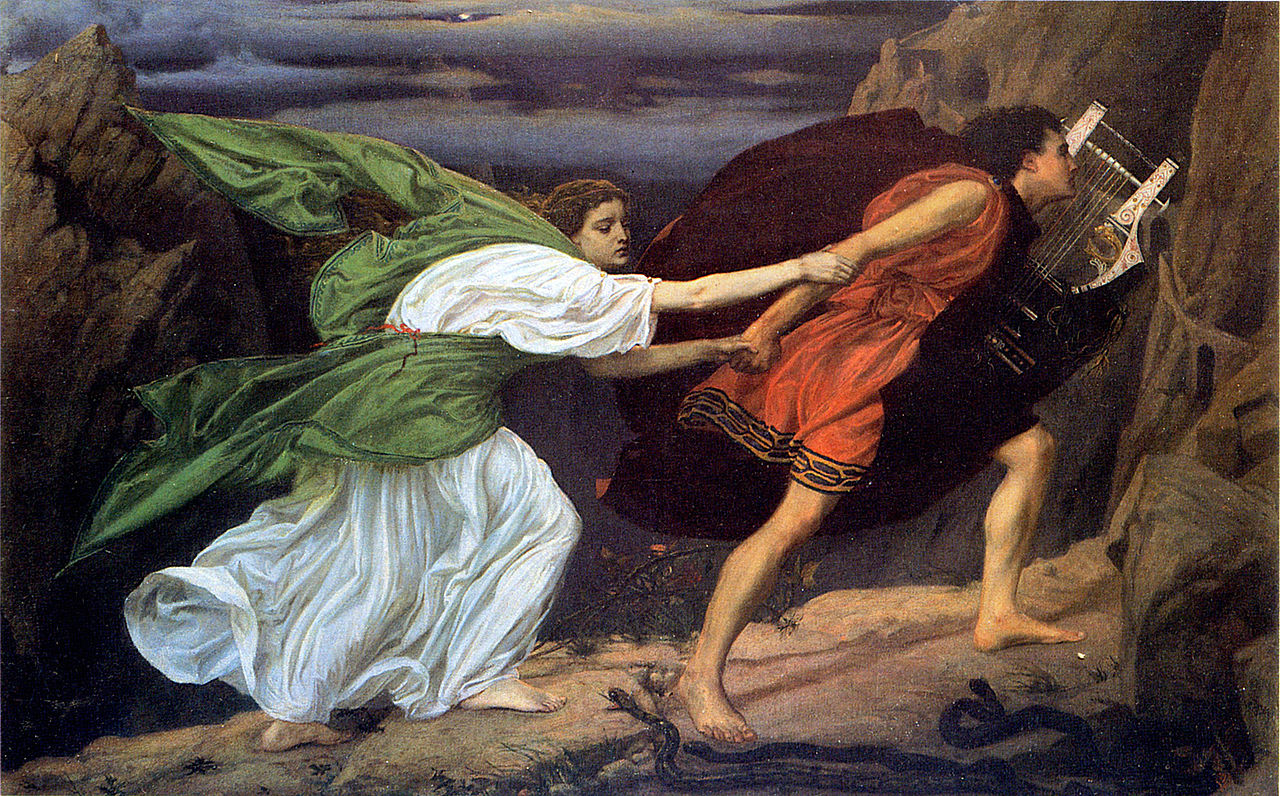Liszt, Orpheus
The story of Orpheus is tailor-made for musical adaptation. In the Greek myth, Orpheus charms all things with his music-making. And the tale of his descent into the underworld to rescue Eurydice is filled with drama and pathos.

The arts have turned enthusiastically to Classical Antiquity for inspiration and renewal at certain points in history. The rediscovery of Greek philosophy in the late Middle Ages helped bring about the artistic flowering of the European Renaissance. Literature and painting took up Classical themes with intensity, and architecture mimicked the structures developed by the Ancients.
Later, at the dawn of what we now call the Baroque era in music, a new form of musical drama ultimately called opera focused on stories from Classical Antiquity. The earliest opera from that period still performed for modern audiences was, itself, based on the story of Orpheus and Eurydice: Monteverdi’s L’Orfeo, composed in 1607.
Later, in the mid 19th century when Franz Liszt pioneered a new musical genre called the symphonic poem or tone poem, he too turned to the theme of Orpheus. The new tone poems were built not according to preset, traditional musical structures of the Classical era, but on a free-flowing narrative of musical images inspired by extra-musical themes. Thus, any vivid story, poem, legend, or characterizations could inspire a symphonic poem. Liszt’s Orpheus received its premiere in Weimar in 1854 as an introduction to Gluck’s 1762 opera Orfeo ed Euridice.
In addition to this musical treatment of the Orpheus legend, Liszt composed a tone poem on the story of Prometheus and employed other literary masterpieces like Shakespeare’s Hamlet and Goethe’s Tasso.
Much more about Liszt and the tone poems can be found at this month’s Composer of the Month available in the Circle of Scholars.



